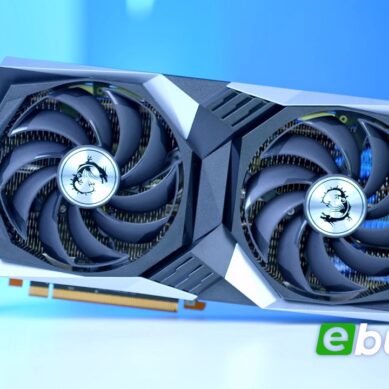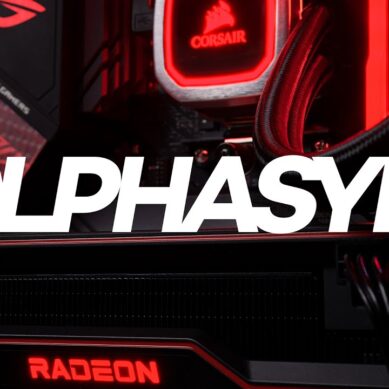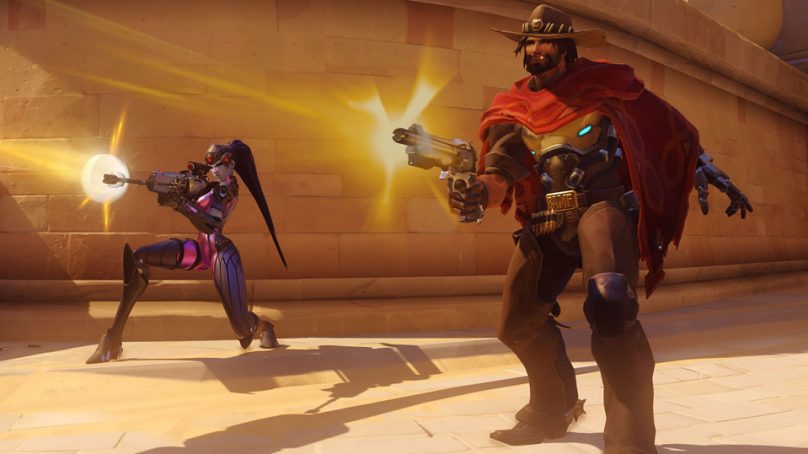Overwatch is a 6v6 online shooter, where each team works together to achieve an objective. It was released in May 2016 and has grown into a game with 40 million players worldwide. Furthermore, its eSports scene is growing just as quickly, with tournaments having $100,000+ prize pools. It can be daunting diving into a game, but we’re here to give you a crash-course guide to get you fighting ready.
Roles and characters
There are four general roles in Overwatch: offence, defence, tank and support, with each having a number of heroes in them. Here’s a brief explanation of them and examples of starter heroes.
Offence
These heroes are the main damage dealers in-game and are designed to be at the forefront of attacks. They have powerful weapons and abilities that are capable of dealing massive damage to open up sites or break enemy defences.
Our recommendation for a new player would be to give Soldier 76 a shot. He has a rifle that’s good short to medium range and he can inflict long-range damage with his Helix Rocket ability. He can also reposition himself quickly thanks to his Sprint ability.
Defence
These heroes have abilities and weapons that are great for protecting your attacking heroes in battle. They form the backline of your team and are crucial to establishing a foothold on the map.
Our best starter hero is Widowmaker, as she can inflict brutal damage with her sniper rifle and exploit choke points. Her Grappling Hook ability is handy as you can move across the map easily and find great sniping spots while her Venom Mines further lockdown a choke point.
Tank
These heroes are built to take all the punishment the enemy team can dish out. Without these heroes your squishier teammates would be blown out of the water. They have abilities and weapons that are designed to soak up damage, protecting your team.
A great starter tank hero is D.va as she can take a lot of damage thanks to her mech. Her Defence Matrix ability allows her to soak up even more damage and her fusion cannons can cause significant damage up close. Lastly, when D.va’s mech is destroyed you can still live and call down another mech once her ultimate ability has cooled down.
Support
These heroes possess abilities and weapons that are designed to keep your teammates on the battlefield. They’re crucial to maintaining pressure on an attack or holding off the enemy.
A great support to try is Lucio as his Hi-Fi speaker plays gentle music to slowly heal his teammates around him or blast out loud music to speed up his team. His subwoofer weapon can also fire sonic projectiles and his ability can push all enemies away from him and his team.
It’s important to note that this is a brief introduction to the roles and some heroes, however they aren’t completely rigid. Heroes can be played in a variety of ways and is one of the reasons why Overwatch is such a great and complex game to play. There is an extensive variety of team comps and hero roles that can be played.
Game modes and Maps
Now that you’ve got a brief overview of roles and heroes to try out, we’ll cover the four main game modes available in competitive and quick-play matches.
Assault
This game mode involves an attacking team trying to capture two control points while the defending team tries to stop them. The attacking team wins by capturing all the checkpoints before the time ends while the defenders win by stopping them. A situation of overtime happens when the attacking team is attempting to capture a point when the time runs out.
Control
This is a game mode where two teams fight over control of one checkpoint in a best-of-three format. The progression of control contributes to a percent, meaning the winner is the first to 100%. An overtime can occur when a team is on 99% and the other team is currently on the checkpoint.
Escort
Here the attacking team escorts a payload to a delivery point while the defending team tries to stop them. The timer is increased every time the attacking team reaches a checkpoint and overtime can occur when the timer has run out and the attacking team is contesting the payload.
Hybrid
This game mode combines two of the modes above into one match and they each behave as their respective standalone does.
There’s a quick-fire introduction into the two most important aspects of the game, roles and game modes. We’d recommend starting off in a quick-play game and learning the intricacies of the game as these will prove vital in competitive play. Time to hit the game and start practising!







